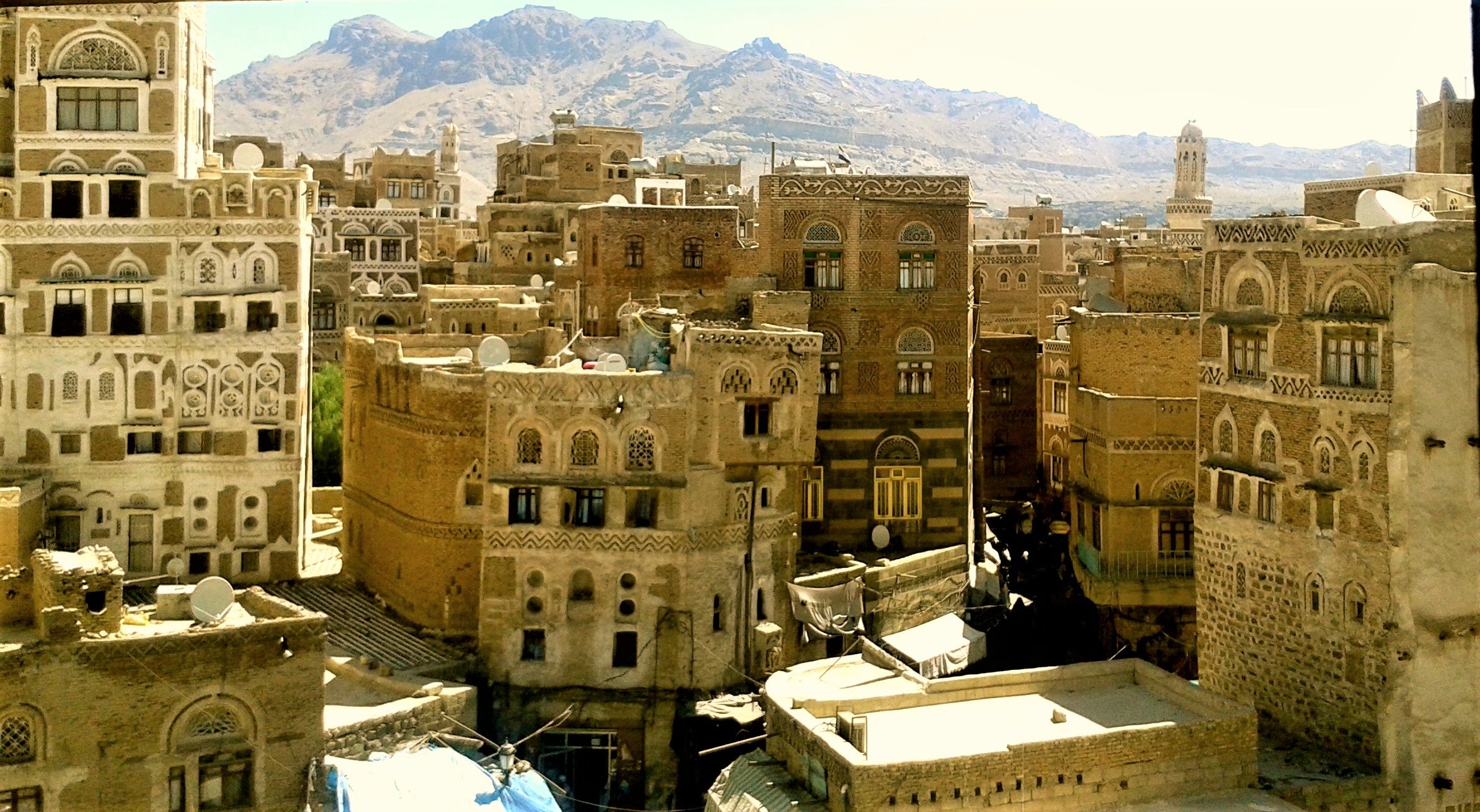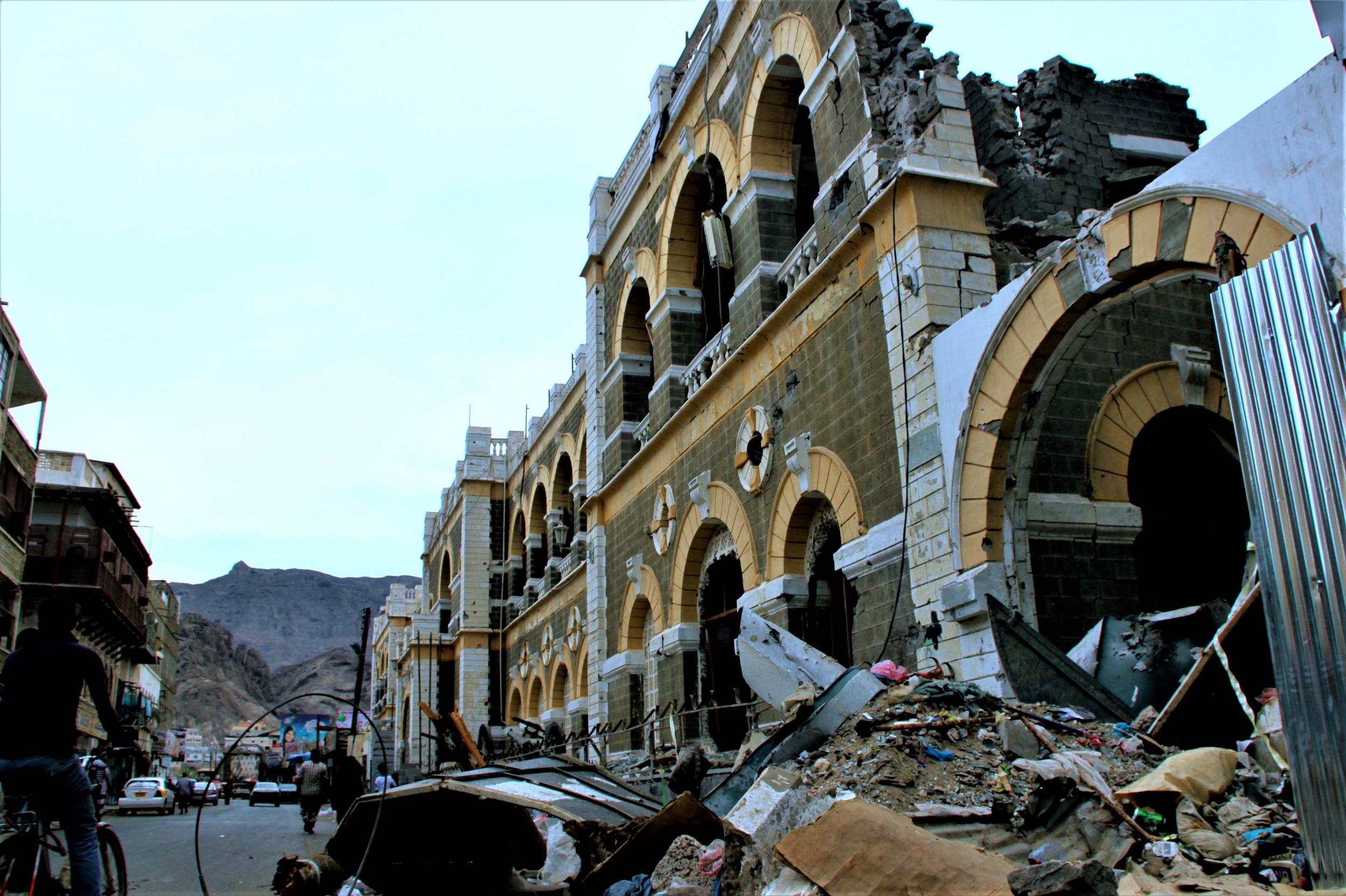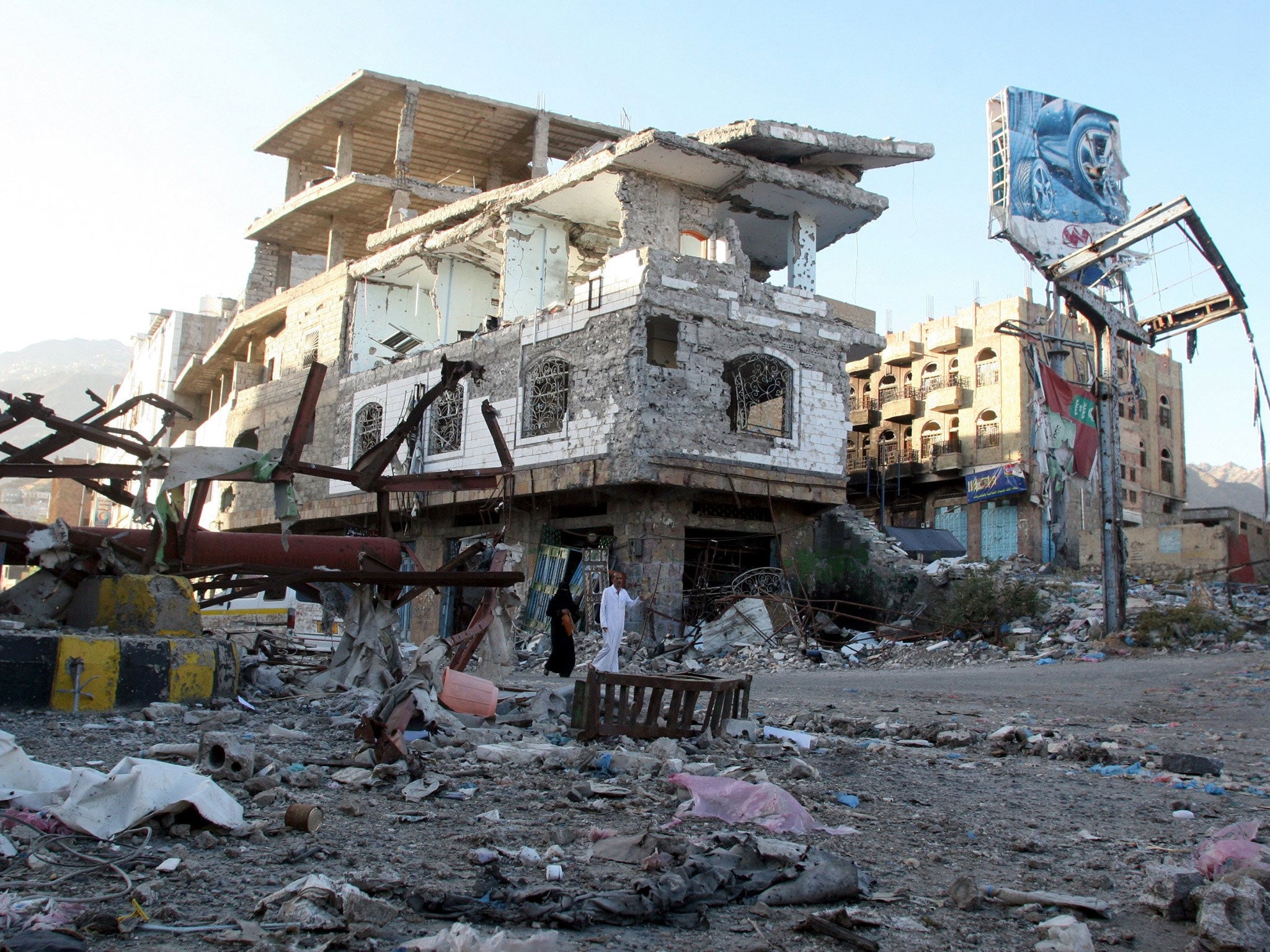Yemenis mourn the destruction of historical sites: ‘I’m watching an entire generation lose our history and heritage’
‘Notre Dame received a billion dollars in a day, I think we will need 10 years or more to receive that amount’. Charlene Rodrigues reports


Your support helps us to tell the story
From reproductive rights to climate change to Big Tech, The Independent is on the ground when the story is developing. Whether it's investigating the financials of Elon Musk's pro-Trump PAC or producing our latest documentary, 'The A Word', which shines a light on the American women fighting for reproductive rights, we know how important it is to parse out the facts from the messaging.
At such a critical moment in US history, we need reporters on the ground. Your donation allows us to keep sending journalists to speak to both sides of the story.
The Independent is trusted by Americans across the entire political spectrum. And unlike many other quality news outlets, we choose not to lock Americans out of our reporting and analysis with paywalls. We believe quality journalism should be available to everyone, paid for by those who can afford it.
Your support makes all the difference.From his temporary home in Canada, Dr Abdulkader Alguneid reminisces about his morning walks along Mount Sabir in the quaint citadel of Taiz in Yemen.
“I’m watching an entire generation lose our history and heritage,” he says.
In his early seventies, the retired physician and activist would love to return to Yemen and to his old home that once overlooked ancient castles and mosques.
But now all that remains of his house after the protracted war is debris, the multicoloured glass windows now shattered.
With a lump in his throat, he says: “Much of it was damaged by bullets and Houthi recklessness.
“I suffer when I’m alone, I feel helpless and under severe distress, and can’t hit back.”
The doctor and former mayor of Taiz left the country in the summer of 2016 after his release from captivity.
He had been detained in a Houthi prison for 300 days.
The Iran-backed Houthi rebels took control of the capital Sanaa in 2014, forcing the internationally recognised president Mansour Hadi from power.
Saudi Arabia, the UAE and its Gulf allies launched a bombing campaign the following spring in an attempt to reinstate Mr Hadi, sparking a devastating civil war that caused what the UN calls the world’s worst humanitarian crisis.
The city of Taiz represents for Alguneid and Yemen what Notre Dame represents for Europe, or what St Paul’s Cathedral is for the British.
For Churchill, St Paul’s – a “citadel of British liberty” – was a symbol of morale during the blitz, and its preservation was critical to the war effort.
Similarly, Taiz is a centrepiece of Yemen’s extraordinarily rich heritage and gives a sense of identity and continuity for the exhausted, war-weary people of Yemen.
The Islamic scholar and explorer Ibn Battuta, known as the Marco Polo of the Arab world, called Taiz “one of the most beautiful and extensive cities of Yemen”.

When Notre Dame was engulfed by fire, France grieved the loss of an ancient and iconic treasure, a beacon of European identity.
Billionaires were quick to fund the restoration of the medieval building in recognition of its status as a symbol of Europe’s confidence, cultural values and social cohesion.
But living under the constant threat of bombs, the focus for Yemenis is preservation of life.
“People inside Yemen are very much concerned with their own safety and hunger. Heritage is down the list of their concerns,” says Alguneid.
The unique building traditions, adapted to Yemen’s complex topography, is what makes this country special.
Its natural beauty includes the extraordinary island of Socotra, also known as the Galapagos of the Indian Ocean.
“You can find such varied architecture. If you travelled to Hadhramaut, you will see something very different to Sanaa,” says Mohammed Al Qalisi, who grew up in the capital’s Old City.
But he feels that the country’s rich heritage doesn’t garner enough attention from the rest of the world: “No one reacts when 100 people got killed in Yemen, why do you think they will react over our heritage?”
The Unesco-listed Old City, with its Great Mosque, mud brick houses, stained glass windows, souqs and hammams, is some 2,500 years old and among one of the earliest continuously inhabited cities in the world.

Al Qalisi, now a student at the British University in Cairo, says growing up there was almost like being in a living museum: “People continue to wear the same clothes, carry on ancient traditions, speak the classical language.”
But several neighbourhoods in the city have been razed by the conflict, and only rubble remains where ancient burnt-brick towers once stood.
Across the country, historical sites and museums have been damaged or destroyed by the warring sides.
Saudi-led airstrikes have largely destroyed historic mud homes in Saada, the birthplace of the Houthis.
The 2,800-year-old Great Marib Dam was also damaged by coalition bombs in 2015, according to Unesco.
In Taiz, the 12th century Qahira castle, perched on the top of Mount Sabir, also became a prime target after the Houthis made it their strategic military base.
The castle reopened in 2018, but conservationists warn the risk of collapse is imminent after three years of shelling.
“You can rebuild a palace, a castle, a museum or a group of houses – but you cannot rebuild the entire cultural landscape,” says Marco Livadiotti, an Italian architect whose father was a personal doctor to Yemen’s last king, Imam Ahmed bin Yahya.

Looking forward to reconstruction, Anna Paolini, a Unesco representative in the Arab States of the Gulf and Yemen, believes the work can only start after the conflict ends.
“The how and when would depend on the local community involvement – and the international [community’s] commitment to help.”
Negotiating restoration funding will, however, likely force uncomfortable debate over western culpability for supporting the war.
The Saudi coalition bombing campaign has killed and injured an estimated 17,729 civilians as of March 2019, according to the Yemen Data Project.
The exact damages caused to the ancient sites are unknown, but conservationists estimate the number to be higher than 60.
“Notre Dame received a billion [dollars] in a day, I think we will need 10 years or more to receive that amount,” says Al Qalisi.
“Only Yemenis can rebuild Yemen.”

Even if there were funds, post-war reconstruction is not always sensitively done.
“Reconstructions in the last 100 years have been destructive and done quickly to erase the past, and rebuild. They are just pure business,” says Livadiotti.
In the absence of strict rules and regulations around construction, Paolini cautions owners might reconstruct using cheap and inappropriate materials.
But although it does not seem that an end to the devastating conflict is in sight, there is hope that the specialist knowledge of the building techniques has not left the country.
“The traditional building knowledge of the master builder [usta] is still here,” say Paolini.
There is not a single day that passes without Alguneid thinking about the beauty of Taiz.
“It’s my dream to be back at home. I want to find a way to help my people, I’m ready to do that even if I lose my life.”
Join our commenting forum
Join thought-provoking conversations, follow other Independent readers and see their replies
Comments